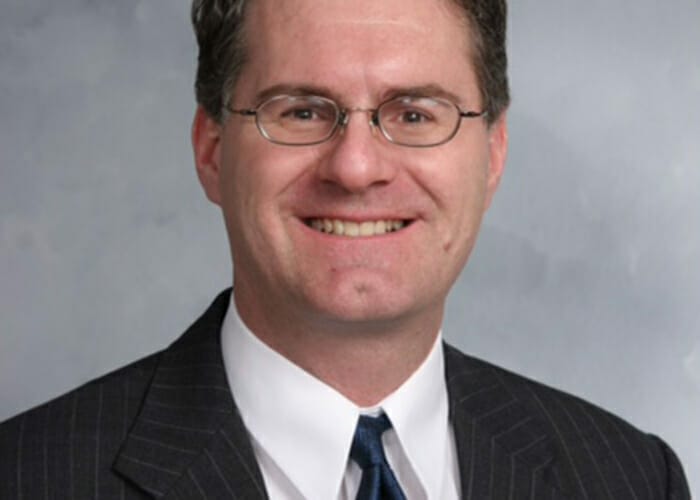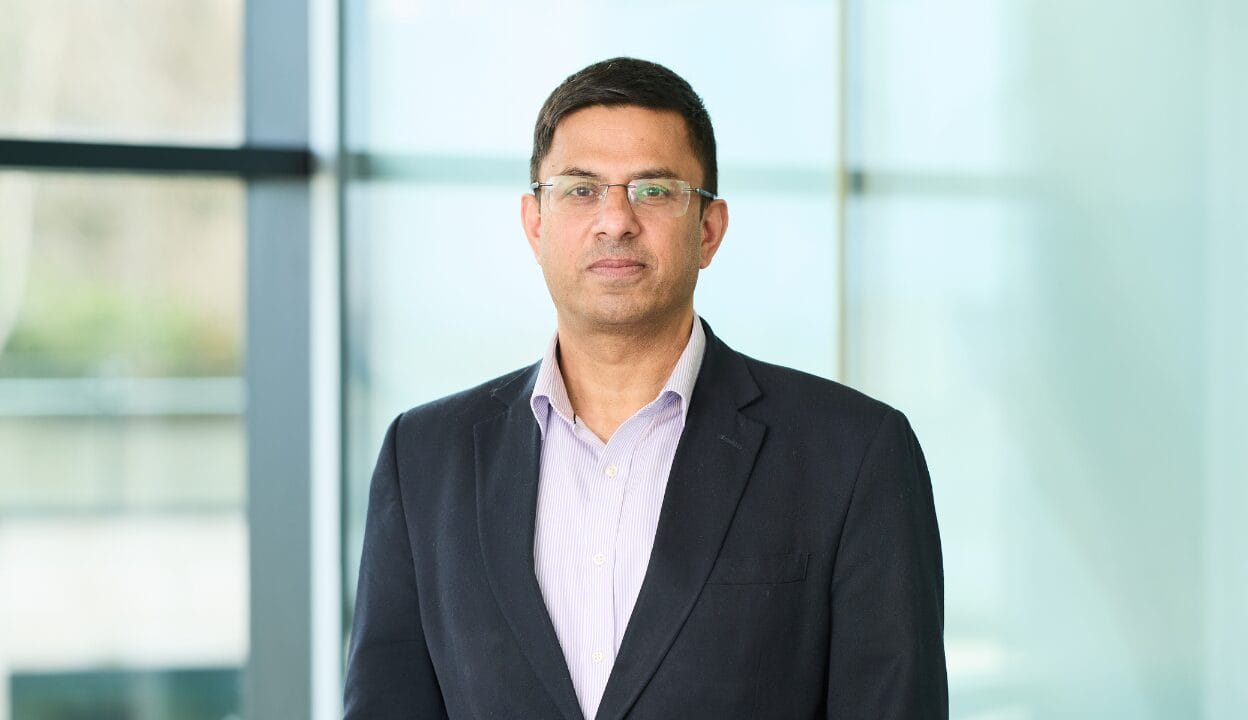Over the past 10, 20 and 43 years, the South Dakota Investment Council (SDIC), which manages the benefits of more than 84,000 of the US state’s public-sector employees, has ranked in the top 1 per cent of public pension funds in terms of investment performance.
Strategy at the $10.5 billion fund is based on strict adherence to long-term strategies during underperforming periods and nurturing an expert internal team, state investment officer Matt Clark explains, in an interview from the fund’s Sioux Falls, South Dakota, headquarters.
“We are old-fashioned. We remember that first finance class at university and present value maths,” says Clark, who joined South Dakota in 2000 and made state investment officer in 2005. All investment begins with an assessment of an asset’s long-term fair value.
About two-thirds of assets are internally managed. Internal research focuses on estimating an asset’s future long-term cash flows, assessing the risk and discounting accordingly to calculate a fair present value.
“We apply this to all our portfolios and at asset-allocation level, adjusting the asset allocation based on relative valuations and targeted level risk,” Clark explains.
Next comes the discipline to wait for opportunities to arrive. Clark says investors have “cyclical and emotional time frames” that tend to fall into three-year periods.
“Over three years, something will change to become cheap, and something else will change to become expensive that you can then sell.”
Long-term fair value requires the patience to wait for opportunities that can take longer to appear.
“If we buy something early and the price keeps falling, it tests our fortitude and we find that we need to have everyone involved. It is scary when you buy something cheap and then it gets a lot cheaper, but you can never guarantee that this won’t happen.”
Contrarian moves in healthcare, real estate
Being contrarian is another strategy pillar. SDIC invests in assets it believes are undervalued from a long-term perspective. Due to the lack of opportunity in the current market, 24 per cent of South Dakota’s assets are in cash. Expensive equity has caused the fund to lower equity risk by placing its current risk target well below its benchmark. Unlike other investors, however, Clark says bonds are also expensive, thus he is “holding lots of cash”.
He explains: “Risk is expensive and bonds are expensive but we are confident that the market will come back to us if it is overvalued; if you wait long enough, it does come back to you.
“We look at what we can buy dirt cheap down the road and what will bring a tremendous return. We will not sit on cash forever. The alternative is to invest in something overvalued, and maybe make a small premium to cash, but overvalued markets are not calm. Markets do wake up at some point and re-price to give you a fair return. We view cash as dry powder waiting for a great opportunity.”
The contrarian theme is also illustrated in the high-yield/distressed debt allocation within SDIC’s fixed-income portfolio. Here, the fund recently pulled back in the belief that high yield is now overvalued.
In July 2015, the portfolio comprised a small allocation to subprime mortgages bought during the financial crisis and an internally managed holding of high-yield corporate junk bonds. Since then, the allocation has been steadily built up with investments that have included a sizeable allocation to energy debt, snapped up as it fell more than energy stocks when values in the sector plummeted.
“Energy had collapsed, and high yield had collapsed, so we increased our position from 1 per cent to 6 per cent and then 9 per cent of assets,” Clark recalls.
Today is a different story. Energy bonds and energy-related investments are no longer undervalued, so the fund is rebalancing the portfolio towards healthcare, investing in an assortment of related companies, including service providers and nursing homes.
“We thought healthcare was overvalued a year ago, when energy debt was so cheap. Many investors were staying away from energy when it was blowing up, and crowded into healthcare. Now energy has surged and there is pressure on healthcare,” he says. However, he cautions, “Healthcare isn’t straightforward. There are fundamental concerns about Obamacare.”
Strategy in real estate follows the same fundamental principles. SDIC’s real estate allocation has fallen to 8.25 per cent of assets under management due to recently sold investments and returned money.
“Real estate is not cheap like it was. In fact, it is more richly valued than anything else,” he says. In the current climate, he favours exposure to opportunistic real estate over core and stresses the importance of relationships with managers who have a track record of keeping their powder dry but are also prepared to invest up to the maximum in a downturn. The fund has key relationships with the Blackstone Group and Starwood Capital Group.
Clark favours arbitrage plays, like buying real estate investment trusts and breaking them up and selling them, or, if REITs are expensive, buying a building and packaging it up to sell as REITs. The fund is also seeking real estate debt opportunities through manager Lone Star in Europe.
“The financial crisis reinvigorated this asset class, but now opportunities in the US have dried up as bad loans in real estate have worked through.” It means distressed investors need to migrate overseas to opportunities in Europe.
“We like the flexibility to invest in any real estate anywhere, [having] patience and being prepared to do arbitrage,” he surmises.
Recruiting and retaining young locals
Clark has applied the long view to recruitment at SDIC as well; it’s a key contributor to the fund’s low costs. He has successfully nurtured, and managed to retain, top investment talent for the fund’s large internal management program, despite Sioux Falls’ location in the rural Midwestern United States, far from the bright lights.
“We never recruit from experienced talent. We don’t employ outsiders. Instead, we get the kids in the door,” he explains.
SDIC recruits through student intern programs, hand-picking the most gifted from South Dakota’s leading universities, with which SDIC has developed strong relationships, aided by Clark’s own status as a graduate of the University of South Dakota. Intensive training follows, and the students committed to staying in South Dakota are pursued most aggressively.
“These are the ones we want, and for them we are the only game in town,” Clark says. It is his job to gauge whether a candidate is “truly interested” in a long-term career in the community, and he gets it right so many times he can count on one hand those he has trained who have left.
Of course, SDIC ensures the incentives to stay are strong. A celebrated investment approach and unique in-house tools are two aspects of that. Leaving all that behind would be a wrench, says Clark, who likens employees’ attachment to the fund’s in-house tools and culture to Linus’s affection for his security blanket in Peanuts. The other strong incentive to stay is financial.
“Our compensation is the best of any public pension fund in the US,” he says, with SDIC offering “up to 200 per cent of base salary in incentives based entirely on performance”.
It is fitting that one of the projects he has been most closely involved in during recent years is re-engineering the fund’s risk and asset allocations into modular components, abandoning a complicated optimisation model. This simplification is allowing the fund to get its “younger people” into the asset allocation process for the first time.
“It is an interesting process,” he says, though he is typically modest about the impact it will have when completed. “I like having lots of pistons in the engine because lots of what we do doesn’t work. If we do lots of things, some things will work.”



